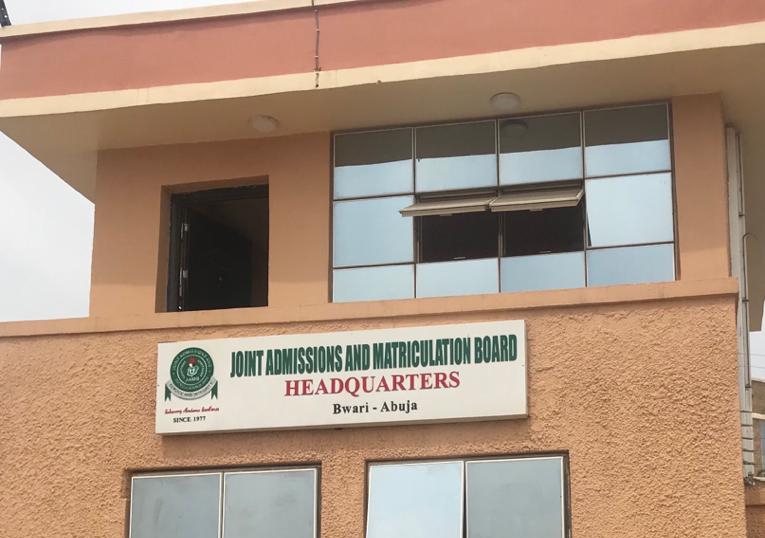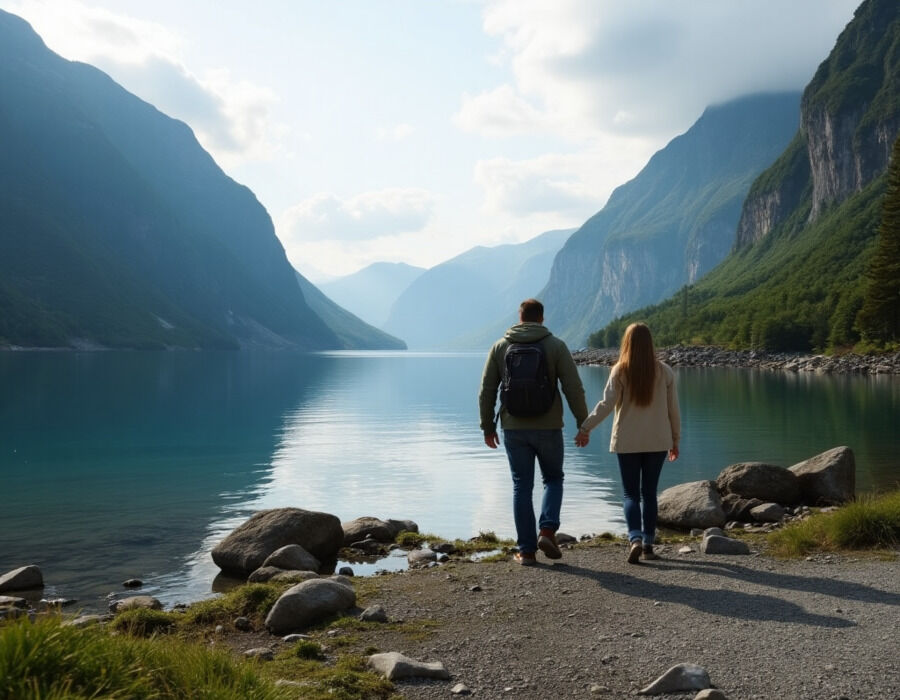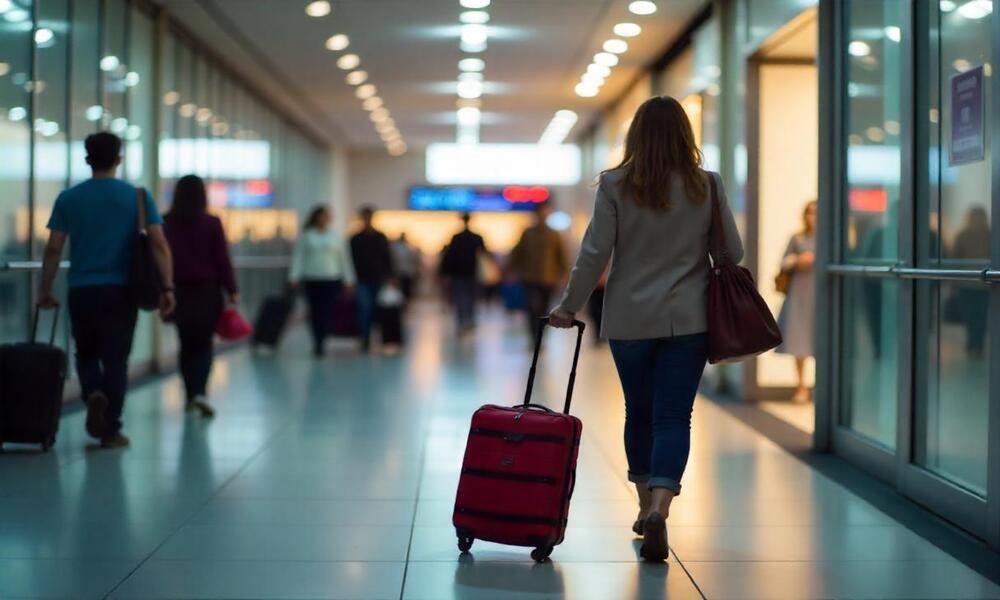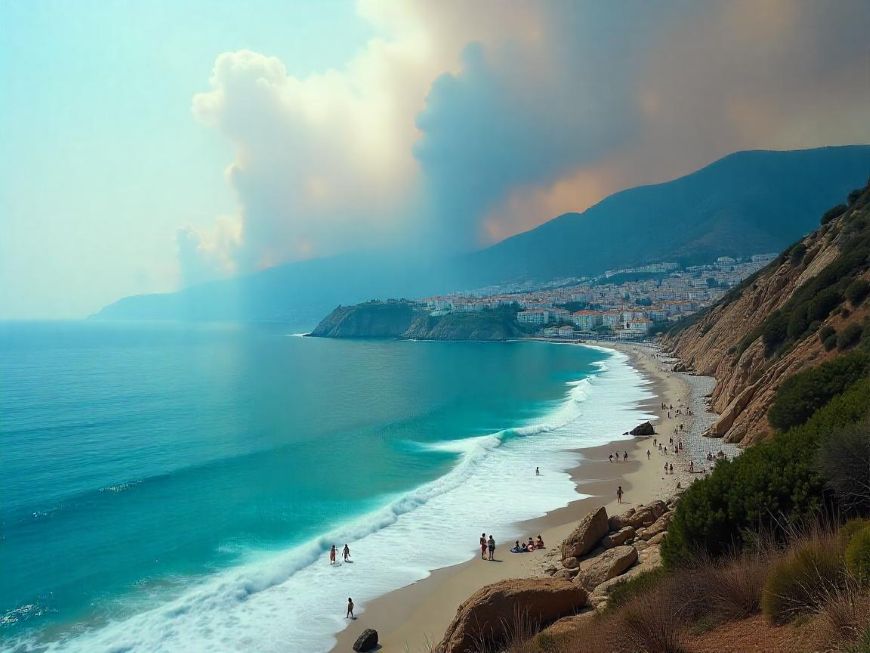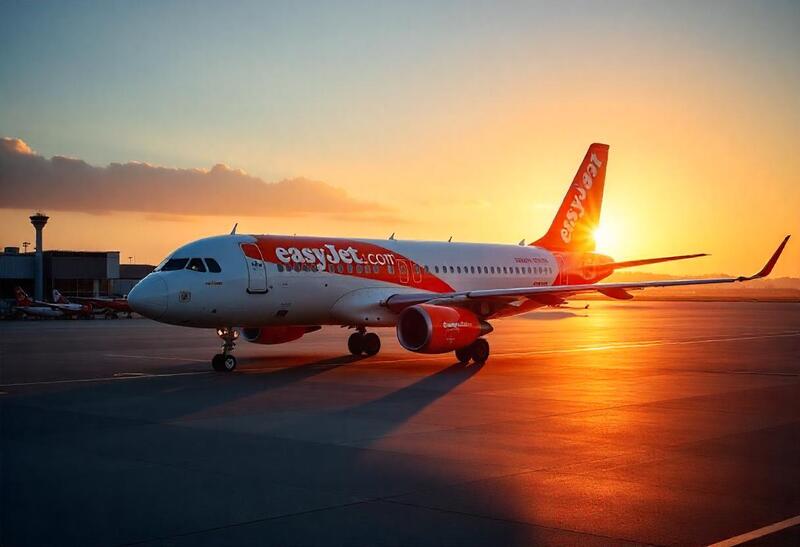5 Mistakes to Avoid When Touring Europe in Summer
Exploring Europe in summer brings excitement, but it also demands practical precautions to avoid unnecessary hassles. Being aware of common travel mistakes helps tourists stay prepared, relaxed, and free from stressful surprises. Proper planning makes a huge difference, especially when juggling sightseeing schedules, accommodation, and daily logistics.
Using a Europe tourist eSIM can help prevent several avoidable issues that travelers often overlook. Those planning multi-country trips need clear strategies to avoid confusion, discomfort, or unexpected costs. Here, we highlight common mistakes travelers often make and offer practical tips to enhance summer trips.
Many tourists fill their luggage with shoes and jackets that they barely use during their travels. Summer trips require breathable fabrics, travel-friendly footwear, and weather-appropriate layering, rather than bulky, impractical fashion items. Essentials like sunscreen, a compact umbrella, and travel-sized hygiene kits are much more valuable. A lighter suitcase also helps avoid airline fees and makes mobility far easier in crowded places.
It is easy to forget that most accommodations offer laundry services or nearby laundromats for convenience. Carrying fewer clothes allows more space for shopping and picking up unique souvenirs later. Overpacking creates physical stress, especially when navigating stairs or cobblestone streets in older European towns. Less really becomes more when the goal is relaxed and flexible summer exploration.
Europe’s size and transportation options make country-hopping seem easy but overdoing it can lead to exhaustion. Many first-timers assume five countries in ten days equals a complete travel experience. In reality, rushed itineraries limit cultural immersion and increase stress while traveling long distances between cities. Slowing down allows better memories, fewer mishaps, and meaningful connections with each destination’s local lifestyle.
Traveling fewer miles can also help save on transportation, entry, and accommodation costs. Instead of rushing through landmarks, travelers can enjoy leisurely walks, discover hidden gems, and savor regional cuisines. Less movement also helps adjust to local customs, time zones, and language differences with less confusion. Choosing depth over speed creates a more satisfying and enjoyable summer holiday in this country.
Summer crowds make spontaneous sightseeing nearly impossible at Europe’s major historical landmarks and cultural institutions. Attractions like the Eiffel Tower, Vatican Museums, and Sagrada Família often sell out days in advance. Long lines under the hot sun can drain energy before even entering the site. Pre-booked tickets help save time, guarantee access, and avoid unnecessary last-minute disappointments.
Many famous sites offer timed entries, guided tours, or fast-track passes that are only available through early booking. Planning these experiences also helps structure the day’s activities around confirmed time slots. Tourists can use the time they save to enjoy nearby cafes, neighborhoods, or small museums without stress. Preparation adds value without reducing spontaneity in other areas of the journey.
Each European region follows distinct cultural norms, particularly regarding dress codes at religious or formal events. In countries such as Italy and Greece, churches typically require covered shoulders and attire that reaches knee-length for entry. Wearing tank tops or short skirts may unintentionally cause offense or denial of admission. Respectful dress helps avoid awkward moments and builds positive impressions with locals.
Summer does not guarantee warm, sunny days throughout the country’s varied geography and climates. Rain, strong winds, or cooler evenings can catch travelers unprepared and uncomfortable without proper layers. A light jacket, closed shoes, and weather apps provide practical protection during unexpected shifts. Blending comfort and cultural awareness helps ensure smooth days, regardless of where the itinerary takes you.
Many tourists are surprised to find restaurants closed during mid-afternoon or opening late for dinner service. In places like Spain or France, locals typically eat lunch around 2:00 PM and dinner after 8:00 PM. Travelers expecting all-day dining may end up frustrated or relying on overpriced tourist traps nearby. Understanding mealtime habits helps prevent hunger and disappointment during a busy day of sightseeing.
Adjusting meal schedules allows travelers to enjoy more authentic culinary experiences with locals. Small eateries and family-run establishments often adhere to strict local hours, adding to their charm and authenticity. Trying local dishes also enhances cultural appreciation and adds variety beyond familiar fast food options. Food becomes a central part of the journey, not just a daily necessity.
Summer travel across Europe becomes more enjoyable when travelers prioritize simplicity, preparation, and informed decisions. Booking attraction tickets, accommodations, or guided tours becomes faster and easier with a reliable digital solution. A Europe tourist eSIM allows instant access to helpful apps and booking tools without relying on public Wi-Fi. Choosing tools that support better travel flow leads to more freedom, fewer obstacles, and unforgettable summer memories.

